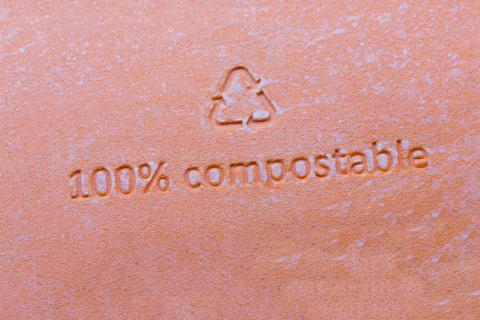Aligning Key Packaging Trends With Sustainability Goals

Packaging has been at the heart of many discussions and efforts around sustainability, especially as corporate responsibility efforts ramp up. A new comprehensive study from PMMI, the Association for Packaging and Processing Technologies, and the American Institute for Packaging and the Environment (AMERIPEN), identified 10-year trends in package design and effective recovery systems.
Dubbed the “Packaging Compass,” in reference to the study’s role in shaping systems, policies and investments for packaging in the future, the report identified short-term and long-term challenges and opportunities in the packaging of consumer goods.
On a more immediate level, the study revealed a gap between current recovery systems and emerging and future package designs. For example, two of the three materials that are trending in packaging design pose limitations in recovery systems that are accessed by consumers. For instance, although the use of flexible film is growing, only 1.9% of U.S. households have curbside access to recycle flexible materials. Demand is also outweighing supply for post-consumer recycled materials.
Looking out a bit more, compostable packaging is expected to move from a narrow segment to a more common form by 2027. Here, too, the report noted that the successful recovery of compostable packaging requires greater infrastructure and investment by compostable-ready facilities and collectors.
The study’s leaders underscore the need to sync package design and materials with consistent recovery capabilities. “The U.S. is in a unique position, with four states enacting packaging producer responsibility laws, and more states looking at similar legislation or complementary policies like recycled content mandates. These laws are seen as a vehicle in which the packaging community can help fund and support the design of recovery systems to advance circularity,” noted Dan Felton, executive director of AMERIPEN. “Sharing data on packaging trends and the rationale for packaging design decisions can help align our recycling and composting systems with the data needed to understand future material inflows. Using that data, we can begin to target investments and strategies to collectively create increased circularity."
Rebecca Marquez, director, custom research at PMMI, said that the groups hope the study will open up avenues for solutions within the circular economy. “This research, with AMERIPEN, is vital to our path forward so that we align key packaging trends with sustainability goals,” she remarked.
In addition to demonstrating the need for a better-aligned circular economy, the report shared other packaging trends of interest to CPGs and retailers:
- 75% of CPG respondents use plastic packaging.
- By 2025, glass will be adopted more frequently, after years of decline.
- The use of folding cartons is also expected to rise.
- Home and beauty care products are anticipated to remain the top users of plastic.
- Greater package variety is evident in dog and cat food categories, with more multi-material pouches and multi-material forms such as heavy paper/plastic bags.
While there has been interest in reusable packaging, those forms require considerable new infrastructure. A broad-based, collaborative strategy that incentivizes innovation in reusable packaging while planning for and investing in a new infrastructure is needed for this sector to take hold.







